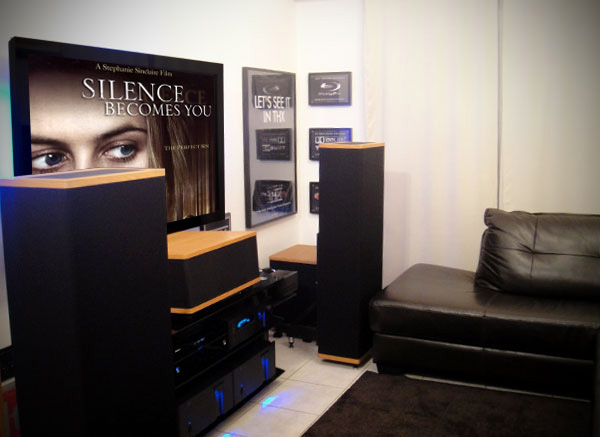
Ted's LightSpace Disk includes patches for display measurement via ColourSpace, as well as numerous patterns for visual display assessment.
- ColourSpace compatible
- Multiple calibration sequences
- DIP & Presets modes
- Advanced Test Patterns
- Full Signal Path Verification
- Blu-Ray, Media Files, ISO Download
- PGenerator edition
£variable
Overview
Ted's LightSpace Calibration Disk contains Auto-Sync Chapters that work directly with the in-built patch sequences within ColourSpace, using DIP Mode within Characterisation to sync the disc sequences with ColourSpace.
Any of the non-DIP patch sequences within Ted's disc can be used with ColourSpace using Presets mode within Manual Measure, via a .csv list of the individual patches.
Ted's LightSpace calibration disc is available as a Blu-Ray Disc, Media Files, Blu-Ray ISO Download or PGenerator edition.
Specifications
Ted's LightSpace Disk includes patches for display measurement via ColourSpace, as well as numerous patterns for visual display assessment.
DIP Mode displays the required patches from the selected sequence using a fixed time per-patch, enabling the two sequences to run in-sync throughout the whole patch duration.
Ted's LightSpace Disk features DIP Mode Chapters with patch durations from 1 second, up to 8 seconds, providing compatibility with all ColourSpace supported probes.
Non-DIP patch sequences use the Presets option within Manual Measure to manually match any individual patch from any patch sequence.
ColourSpace Integration
Ted's LightSpace calibration disc Auto-Sync chapters work with ColourSpace using the Characterisation menu, while all other patch sequences, such as those used by HCFR, Chromapure, and Calman, use Manual Measure via .csv lists.
DIP Mode
DIP Mode, used within the Characterisation menu, uses preset time per patch to play the sequence from within ColourSpace in-sync with the same patch sequence playing back via Ted's disc.

The same sequences need to be selected for both disc playback, and within ColourSpace, and playback started in-sync, with the correct time-per-patch set based on the slowest measure time of the probe in use.
Should the probe take longer to read than the set time-per-patch, ColourSpace will abort the sequence, and display warning message.

To use Ted's LightSpace Calibration Disc for a Characterisation based Quick Profile you will need to know the Maximum time taken for the reading of dark patches.
(The only way to verify the actual timings required for DIP Mode is to time the duration any given probe/display combination requires when measuring dark patch colours - not just black, but dark R, G, and B patches. The longest time, plus one second, should be used as the time for all patches in DIP Mode. To take such time duration measurements use Repeat measurements with colour patches displayed manually via whatever source is connected to the display to be profiled.)
Then simply set the disc to the correct Quick Profile chapter for Primary and Secondary patches, and from within the ColourSpace Characterisation menu select the required profile Mode, and select DIP Mode.
To start the profile sequence press Play on the Blu-Ray player, and Start on ColourSpace at the same time. Both the Blu-Ray and ColourSpace will run in sync.
Presets
Presets, within the Manual Measure menu, uses a .csv list to define the patch triplets, and any patch colour can be selected by clicking directly on the colour from within the scrollable list.

The desired patch set needs to be selected from within Ted's disc, and the corresponding .csv list loaded into the Preset option within ColourSpace. Any desired patch can then be selected for playback from Ted's disc, selected from the ColourSpace list, and measured using a single Measurement, or using Repeat Measurement.
Each individual measurement will build up a ColourSpace profile, enabling any display to be evaluated, based on the individual patches within the patch set. Multiple patch sets can be read one after another, into the same ColourSpace profile, building up ever greater data in the display being measured.
LUT Use
After profiling, a Calibration LUT can be generated as normal within ColourSpace LUT Tools, and used where required, either within a grading system, a LUT box, or uploaded directly into a suitable display.




